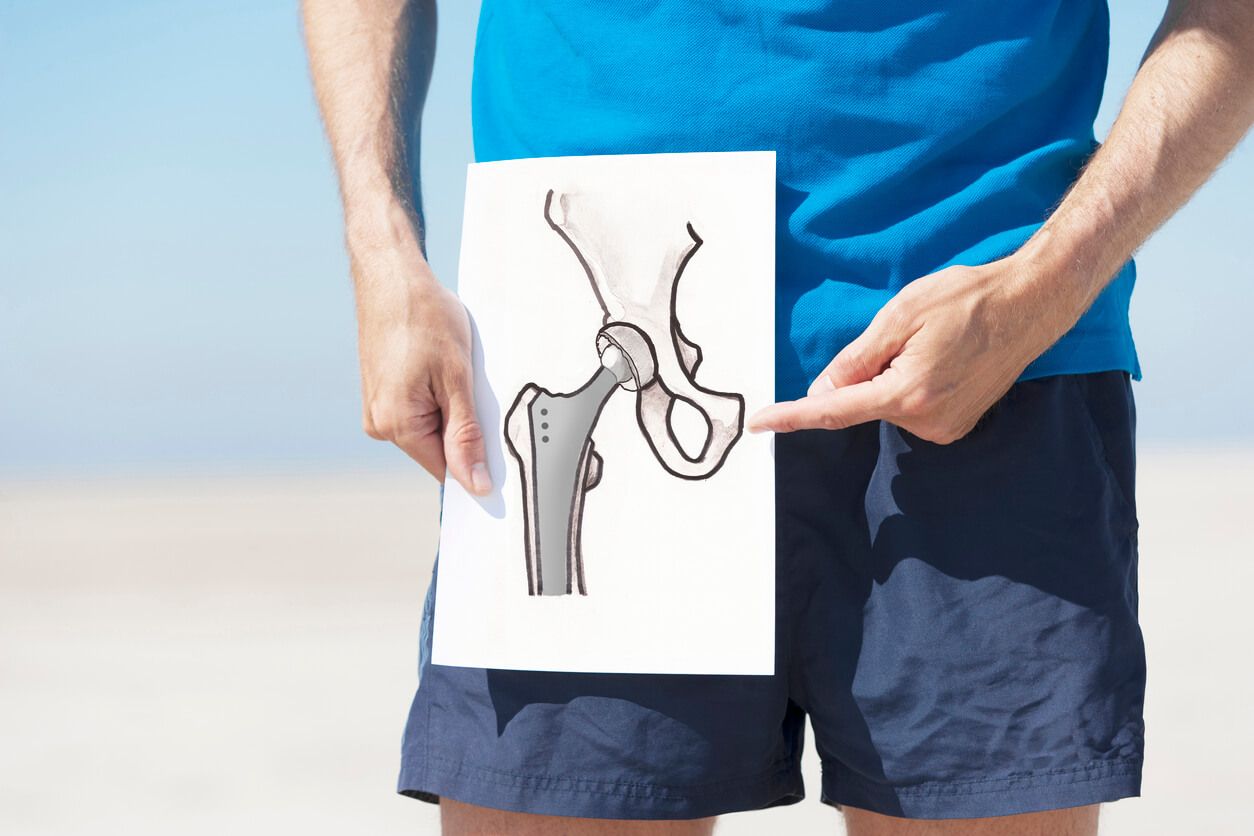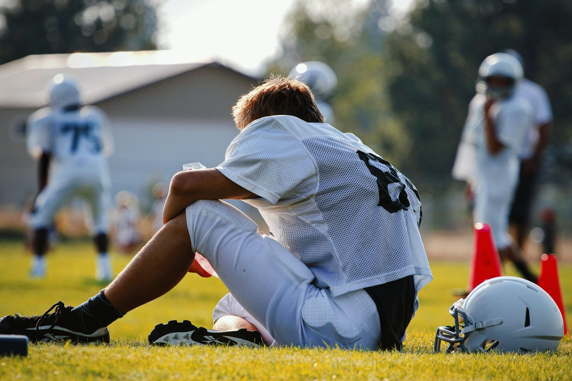National Physical Fitness & Sports Month: Staying Active While Social Distancing
May is National Physical Fitness and Sports Month, which focuses on the importance of physical fitness and sports as it unites us under the common goal of living more active and healthy lifestyles. Remaining active and healthy is so important, now more than ever perhaps, when so many of us are practicing social distancing by staying at home.
Read more: National Physical Fitness & Sports Month: Staying Active While Social Distancing
Deciding If Reverse Shoulder Replacement Is Right for You
Although not as common as knee or hip replacements, conventional shoulder replacement surgery still brings relief to tens of thousands of people each year – about 53,000 people in the U.S., in fact. For patients that have experienced severe rotator cuff tears or damage, however, this surgery may not be as successful and could lead to further pain and limited mobility.
Read more: Deciding If Reverse Shoulder Replacement Is Right for You
Treating Severe Hip Pain with Hip Replacement
Your hip joints have a hefty load to bear. They support the weight of your body and are responsible for the movement of the upper leg and the range of motion needed to accommodate daily functions like walking, crouching, and climbing stairs. This makes the hip joint one of the largest weight-bearing joints in the entire body.
It’s no wonder then, that along with knees and shoulders, hip joints are one of the most common sources of joint pain in the body.
Read more: Treating Severe Hip Pain with Hip Replacement
Symptoms and Treatment of Little Leaguer's Elbow
If you have a child who’s involved in baseball or softball, you’ve likely heard of the term Little Leaguer’s Elbow. However, you may not know what to do if your child finds themselves experiencing this condition.
Read more: Symptoms and Treatment of Little Leaguer's Elbow
A Guide to Calf Strains aka Soleus Strains
A calf strain, also known as soleus strain, is a common injury among children and youth. Refer to this guide to learn more about what it is, the symptoms, treatment and prevention.
Read more: A Guide to Calf Strains aka Soleus Strains
The Importance of Proper Treatment for High Ankle Sprains
A high ankle sprain is a sprain of one or more of the ligaments that hold the tibia and the fibula together at the ankle. Learn more on what causes it, it's symptoms, and treatment.
Read more: The Importance of Proper Treatment for High Ankle Sprains
Save Time and Money When an Injury Occurs with Orthopaedic Immediate Care
Before orthopaedic immediate care existed, you would be forced to either wait up to several weeks for a new patient physician appointment or go to the emergency room, costing you up to several thousand dollars for a single visit.
When an injury occurs, it’s imperative that it be treated right away. Orthopaedic immediate care saves you not only time by allowing you to be treated immediately, but it also saves you a great deal of money.
Read more: Save Time and Money When an Injury Occurs with Orthopaedic Immediate Care
A New Approach to Worker’s Compensation
Almost all work-related injuries are orthopaedic in nature. And covering these injuries is the most important, and most expensive aspect of your company’s occupational medicine program. At MidAmerica Orthopaedics, we have a different philosophy about Worker’s Compensation. Our direct to specialist Occupational Medicine Program benefits both employers and employees by providing expert and efficient patient care while reducing compensation costs. Here’s how!
Read more: A New Approach to Worker’s Compensation









